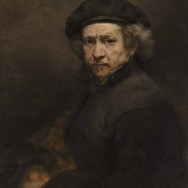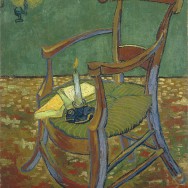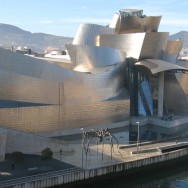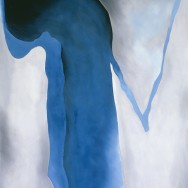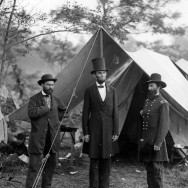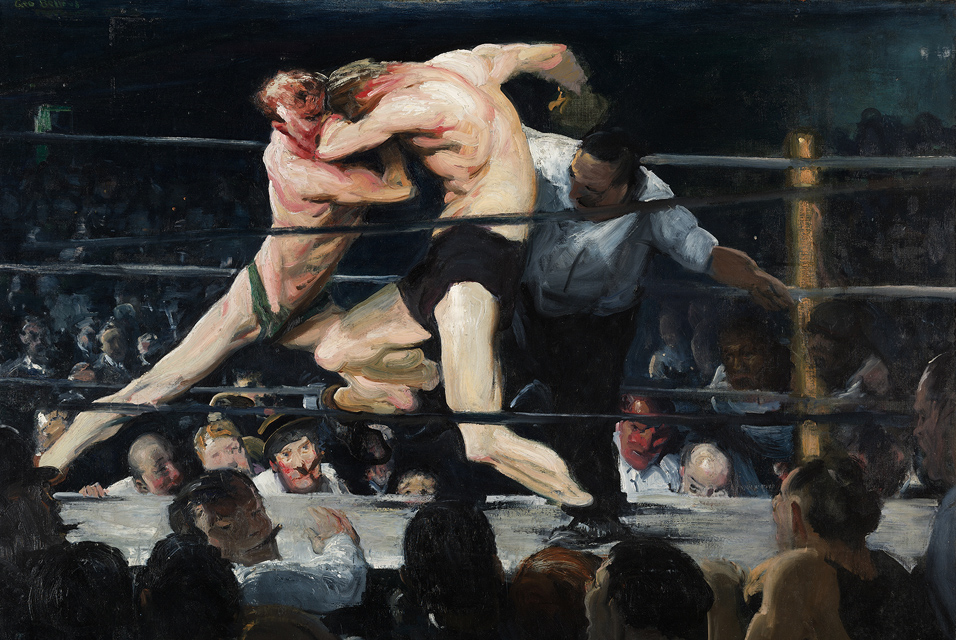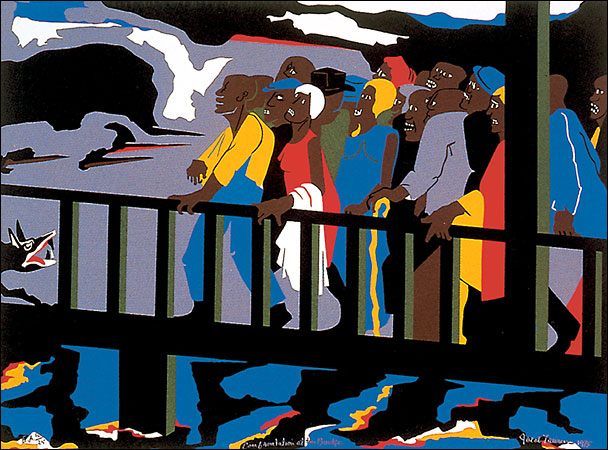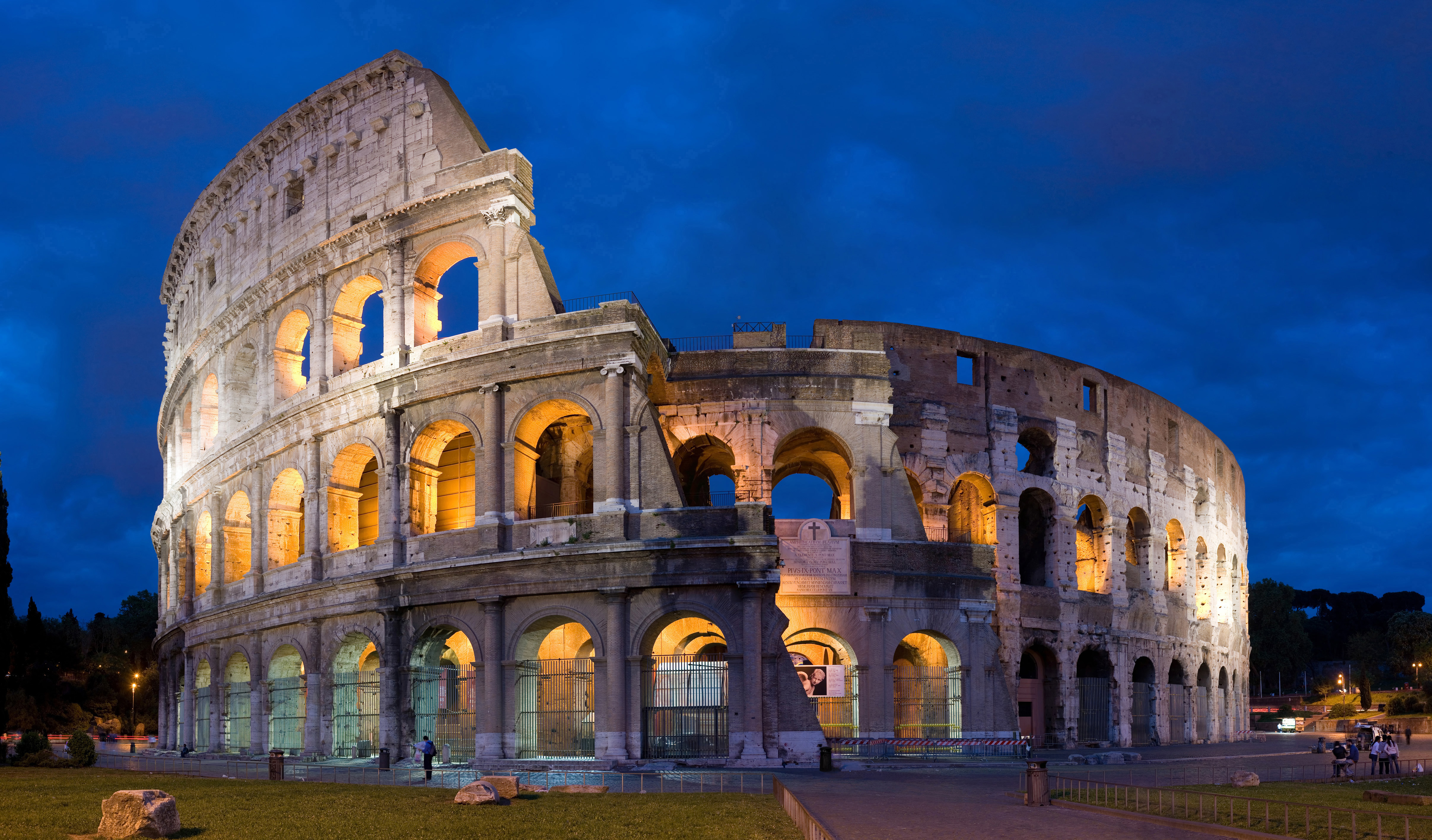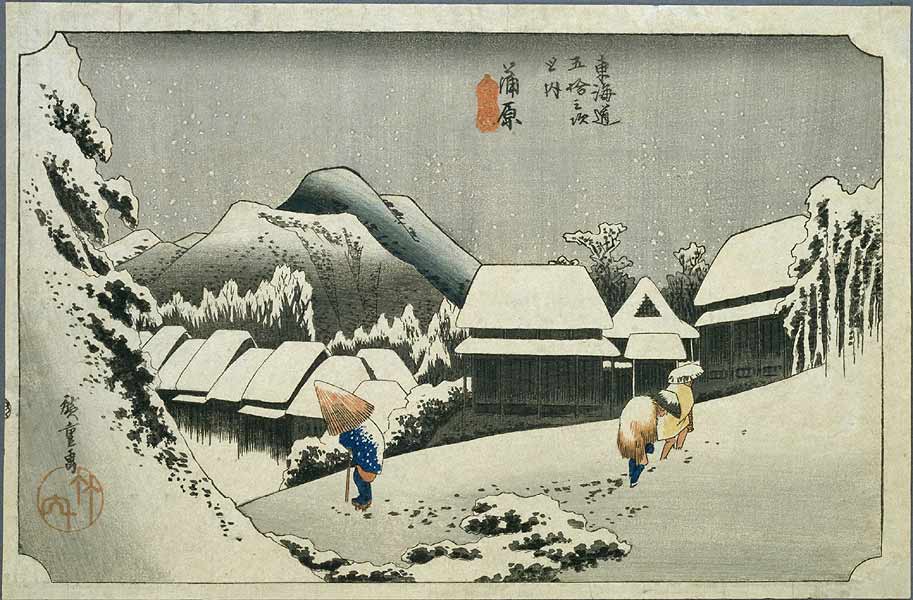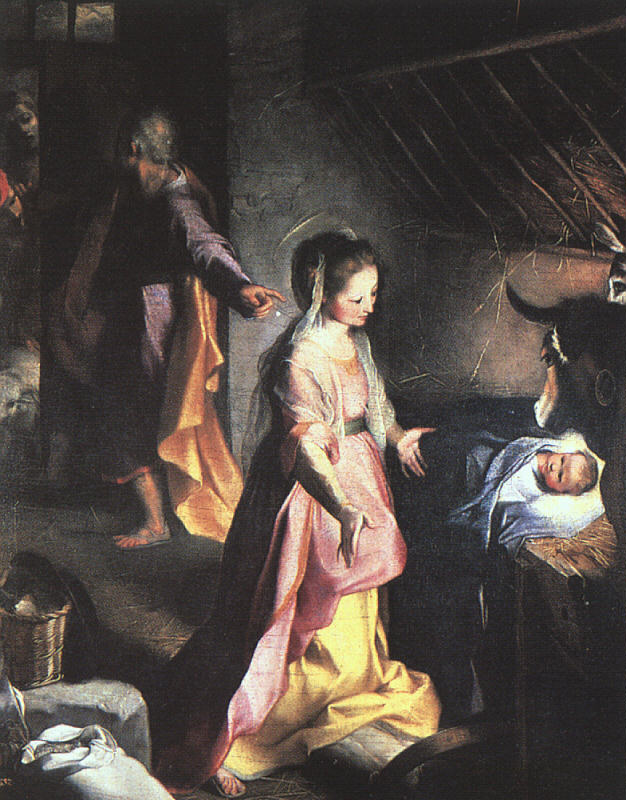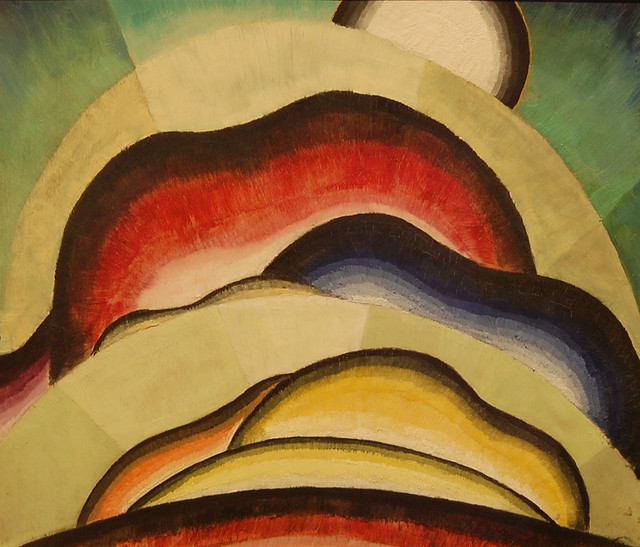On March 18th 1990, as Bostonians were celebrating St. Patrick’s Day, two thieves posing as police officers entered the Isabella Stewart Gardner Museum, saying they were responding to a call. The guard on duty allowed the thieves into the museum. … Continue reading
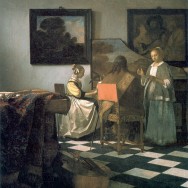 Jan Vermeer, The Concert, c. 1664, oil on canvas, 28½” x 25½”, stolen from the Isabella Stewart Gardner Museum, Public Domain via Wikimedia Commons.
Jan Vermeer, The Concert, c. 1664, oil on canvas, 28½” x 25½”, stolen from the Isabella Stewart Gardner Museum, Public Domain via Wikimedia Commons.

